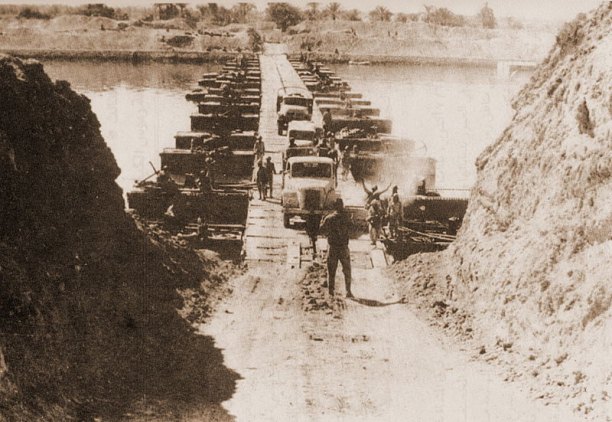The Yom Kippur War
Elizabeth Stephens examines how the surprise invasion of Israel by Egypt and its allies started the process that led to Camp David.
 The impact of the Yom Kippur War that erupted on October 6th, 1973, far outweighed its relatively short duration of twenty days of heavy fighting. It severely tested the détente between the United States and the Soviet Union as the superpowers sought to defend the interests of their Middle East clients: Israel on the American side, Egypt and Syria on the Soviet side. The result was the most dangerous moment of the Cold War since the Cuban Missile Crisis in 1962. American support proved critical to the survival of Israel at this seminal moment as the US-Israel special relationship, begun in 1967, was consolidated. The conflict is also remembered for triggering the first energy shock as Arab oil producers unleashed the oil weapon to punish the United States and its allies for their support of Israel.
The impact of the Yom Kippur War that erupted on October 6th, 1973, far outweighed its relatively short duration of twenty days of heavy fighting. It severely tested the détente between the United States and the Soviet Union as the superpowers sought to defend the interests of their Middle East clients: Israel on the American side, Egypt and Syria on the Soviet side. The result was the most dangerous moment of the Cold War since the Cuban Missile Crisis in 1962. American support proved critical to the survival of Israel at this seminal moment as the US-Israel special relationship, begun in 1967, was consolidated. The conflict is also remembered for triggering the first energy shock as Arab oil producers unleashed the oil weapon to punish the United States and its allies for their support of Israel.





